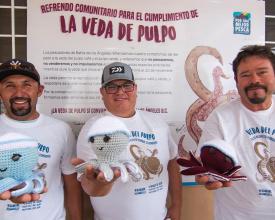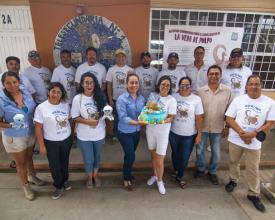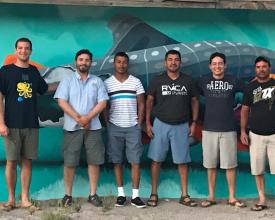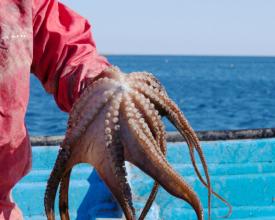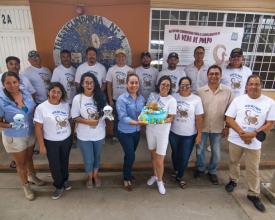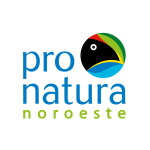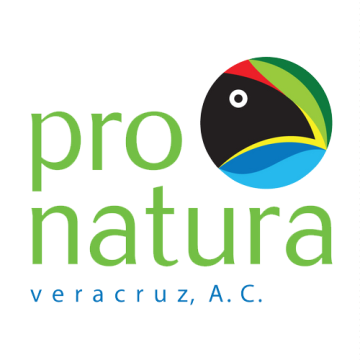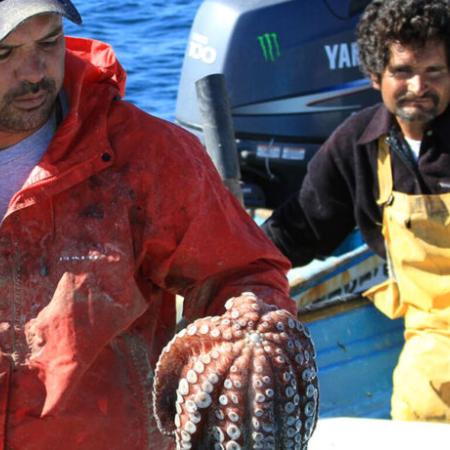
Recovering the octopus
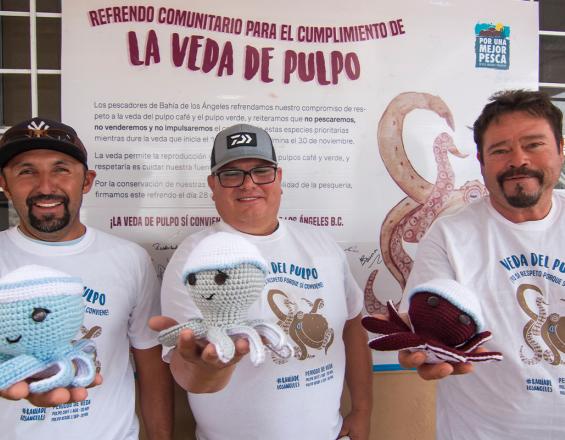
Bahía de los Ángeles (BLA) stands out for its relevance in natural resources for Mexico, especially in the Marine Zone Biosphere Reserve. The main economic activity is coastal fishing, centered on twelve species, including octopus (Octopus bimaculatus and Octopus hubbsorum), which constitutes 87% of octopus production in Baja California, and represents between 60% and 100% of fishermen's income during the season. Despite the susceptibility of these species to environmental variability, management measures have favored their recovery. In 2015, BLA fishers established a community closure agreement with the support of Pronatura Noroeste (PNO) and academic research. This agreement, formalized in 2016 and published in the Official Journal of the Federation, evidences community participation and inter-institutional coordination. PNO continues to manage the fishery by implementing fishing logs to monitor the resource.
Context
Challenges addressed
Challenges:
- Imbalance between population increase and available resources.
- The economy and lack of adequate infrastructure for the welfare of fishing communities.
- Underdevelopment of fishing activities.
- Environmental degradation.
Location
Process
Summary of the process
Community integration, effective governance and conservation strategies are essential to address the complex challenges associated with sustainable management of marine ecosystems.
Building Blocks
Community and Governance
Effective working group to make decisions for the improvement of the octopus fishery for the benefit of the fishermen's families, based on responsible octopus fishing.
Enabling factors
Fishing community, and the supply chain including chefs, stores and restaurants in the region, to raise awareness of the benefits of sustainable octopus fishing.
Lesson learned
Dissemination and training on the advantages of complying with the octopus closure is needed.
Marine conservation
Protecting our seas goes beyond just cleaning beaches and prohibiting the extraction of endangered species. Our goal, and that of any responsible society, is to achieve a balance between human development and the conservation of marine ecosystems. For more than three decades, we have been promoting public policies for sustainable fisheries.
This comprehensive vision implies addressing not only the obvious problems, but also working on deeper and more effective measures. Sustainability in fisheries requires a strong commitment to implementing policies that address overfishing, promote selective fishing and adopt environmentally friendly technologies.
Enabling factors
The active participation of local communities, fishermen and other stakeholders in the planning and implementation of these policies is essential. Participatory management ensures a more equitable and sustainable approach.
We also recognize the importance of public awareness and education in protecting our oceans. Informing society about the relevance of marine ecosystems, biodiversity and the consequences of our actions is essential to build a culture of respect and responsibility towards the seas.
Lesson learned
This collective effort requires the active collaboration of governments, companies, scientists and society in general.
Impacts
- Prevalence of the species - Citizen participation - Resilience in the fishing community - Ecosystem disturbance
Beneficiaries
- Bahía de los Ángeles Community
- Bahía de los Ángeles, Canales de Ballenas and Salsipuedes Biosphere Reserve
- Gulf of California Islands Flora and Fauna Protected Area
- San Lorenzo National Park
Sustainable Development Goals
Story

Pronatura Noroeste worked closely with the community, fishermen's groups, fishing permit holders, the Baja California Secretary of Fisheries and Aquaculture, the National Fisheries Institute, the National Commission of Natural Protected Areas and the Baja California State Committee for Aquaculture Health and Safety in the Octopus Fishery Improvement Project. This project follows the methodology developed by the Marine Stewardship Council, which is used to evaluate fisheries in the process of improvement or certification through three principles: the state of the resource population, the impact of the fishery on the ecosystem and governance.
In 2015, the closure was managed on a voluntary basis, formalizing it in 2016 through an agreement of the Ministry of Agriculture and Rural Development, which was updated in 2017 to expand the application polygon. In February 2022, the Fisheries Management Plan for octopus on the eastern coast of Baja California was published in the Official Journal of the Federation. This formalized the actions undertaken by the Mexican government, in collaboration with the fishing sector and Pronatura Noroeste, including modifications to the National Fisheries Commission (CNP) and the elaboration of the Fisheries Management Plan, with the objective of improving the fishery through responsible and sustainable practices.
Currently, by official provision, the Brown Octopus (Octopus bimaculatus) and Green Octopus (Octopus hubbsorum) are closed from August and September, respectively, until November 30 each year. This measure, which was established in 2015 with support from the authority (CONAPESCA) and formalized in 2016, is complemented by other community initiatives, such as limiting the number of traps per boat, establishing fishing refuges, rotating fishing zones and adjusting the catch according to the annual availability of the resource.
The subsistence of brown and green octopus requires the commitment of everyone, not only those who fish for them, but also those who buy and consume them. Otherwise, these animals would face significant risks of population loss and even extinction.

